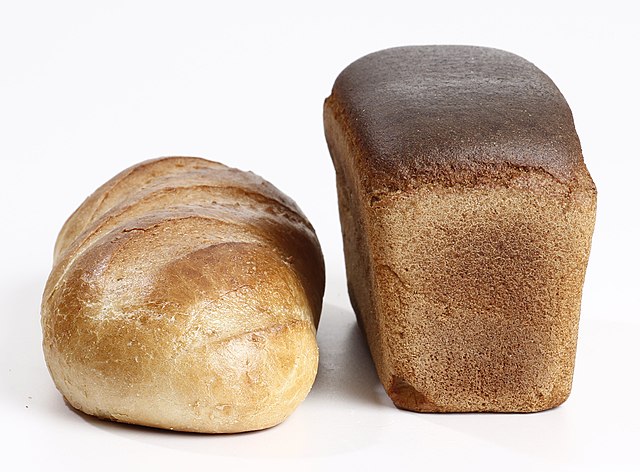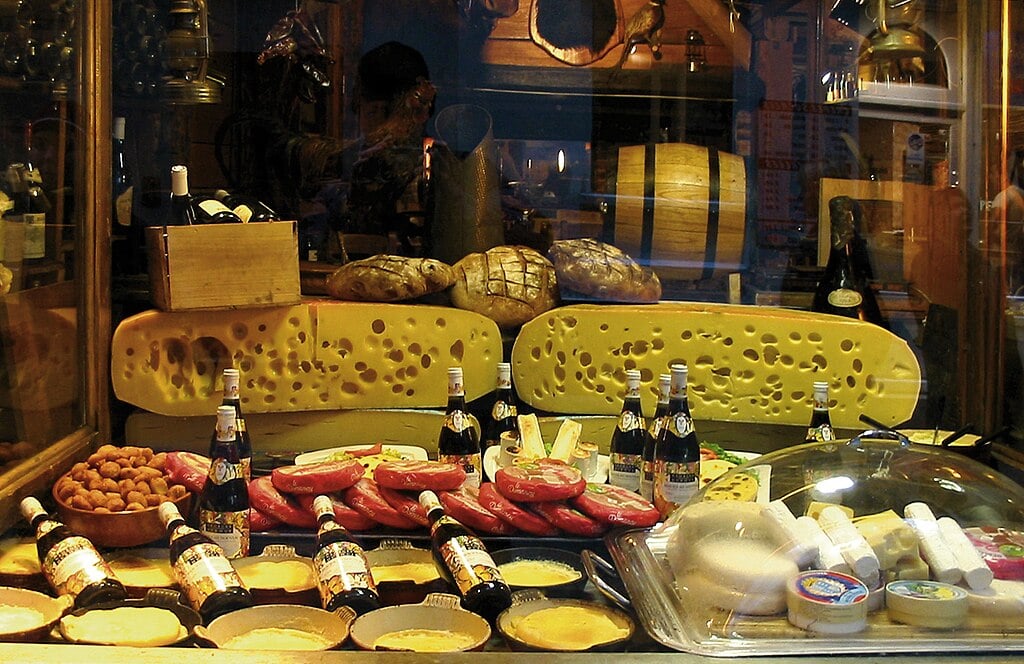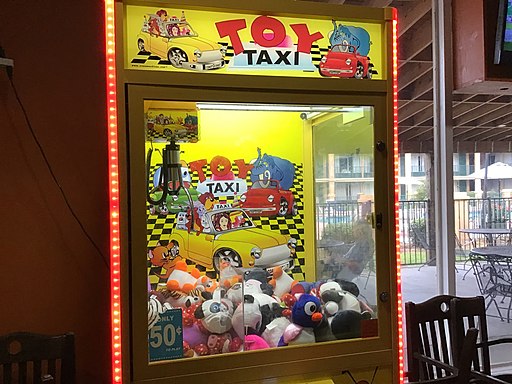{{ article.displayTitle }}
| | {{ 'ml-lesson-number-slides' | message : article.intro.bblockCount }} |
| | {{ 'ml-lesson-number-exercises' | message : article.intro.exerciseCount }} |
| | {{ 'ml-lesson-time-estimation' | message }} |
Catch-Up and Review
Here are a few recommended readings before getting started with this lesson.
Getting the Right Coffee
One Sunday morning, Magdalena went grocery shopping with her parents. On their way home, the family stopped at a local coffee shop to get some drinks. As they waited at the ordering screen, Magdalena got a text from her sister, asking her for a coffee. Unfortunately, she did not elaborate on how she would like her coffee and now she will not respond to calls or texts.


Sample Space
To determine the probability of Magdalena guessing her sister's order correctly, she first needs to know the different combinations of coffee, milk, and sweetener that she can order. The set of all these possible combinations is known as the sample space.
The sample space of an experiment is the set of all possible outcomes. For example, when flipping a coin, there are two possible outcomes: heads, H, or tails, T. The sample space of flipping a coin is {H,T}.

Picking the Ingredients for a Sandwich
Magdalena and her family have very different tastes in sandwiches. For example, Magdalena likes a simple ham sandwich made with white bread, while her dad likes roast beef sandwiches on rye. Because of this, they usually buy three different types of deli meat: roast beef, ham, and turkey.
On the bread side, everyone likes white bread aside from her dad. Magdalena wonders how many different sandwiches can be made from these ingredients.
Define the sample space of all the possible sandwiches that can be made using white bread, rye bread, roast beef, ham, and turkey. Assume that only one type of bread and one type of deli meat can be used on each sandwich. How many different sandwiches can be made?Hint
Use different combinations of letters to represent each type of sandwich. For example, let WR be a roast beef sandwich made with white bread. Count how many different combinations can be made.
Solution
Tree Diagrams
A tree diagram is an illustration of all the possible combinations that can be made from a given set of objects. Tree diagrams are useful for defining the sample space of an experiment when multiple choices are available. As an example, consider the different pasta dishes that can be made with different types of pasta, sauce, and cheese.

Adding Cheese to the Sandwiches
Magdalena's family also likes different types of cheese. From the wide variety of cheeses available at the store, they typically buy American, Swiss, and provolone.
Magdalena now wonders how many different sandwiches her family can make using the different types of bread, deli meat, and cheese. Assume that only one type of meat and cheese can be used per sandwich. Use a tree diagram to find how many different sandwiches can be made from the the breads, meats, and cheeses that the family usually buys.Hint
There are three categories to consider when making the sandwich: bread, meat, and cheese. When moving to the next category, all the options need to be considered.
Solution
Adding cheese to the sandwiches makes the task of finding the sample space a little harder. A tree diagram can provide a useful visual aid to help find how many different combinations of bread, meat, and cheese can be made from the given options. Start by listing the two bread options.

Next, list the three options for the deli meat next to each bread option. Use segments to connect the bread types to each of the meat options available.

Similarly, list the three cheese options next to each meat option. Draw segments connecting meat options to cheese options.

Each possible outcome is represented by a path in the tree diagram. Use the first letter of each ingredient to represent all the possible sandwiches that can be made with the given ingredients. This process completes the definition of the sample space.

Compound Event
| Event | Number of Outcomes |
|---|---|
| Flipping a coin | 2 |
| Rolling a die | 6 |
| Flipping a coin and rolling a die | 2×6=12 |
One possible outcome of this compound event is getting tails on the coin and rolling a 3 on the die. To find the probability of this outcome, divide this one possibility by the number of possible outcomes of the compound event.
Will Mom Like the Sandwich?
Magdalena is making lunch for the family. She knows that her mom loves provolone cheese — she often eats some slices with salami and olives as a snack! Magdalena asked her mother what her favorite type of meat for sandwiches is.

Hint
Use a tree diagram showing all the sandwiches that can be made with the rye and white breads, provolone, Swiss, and American cheeses, and roast beef, ham, and turkey. Divide the number of favorable outcomes by the total number of possible outcomes.
Solution
Magdalena is making sandwiches for her family. Choosing the bread, meat, and cheese are all separate events, with the entire process of making a sandwich being the compound event made up of the simple events. A tree diagram comes in handy for visualizing all of the possible outcomes of this compound event.

To find the probability that Magdalena's mom likes a sandwich made from random ingredients, the number of favorable outcomes needs to be divided by the total number of outcomes. Her mom prefers white bread.

The next choice is the meat. Magdalena's mom likes roast beef and turkey, so highlight these options in the tree diagram.

Finally, continue along the branches to identify which ones lead to provolone cheese.

Rewrite 18 as 2⋅9
Cancel out common factors
Simplify quotient
Simulation
The Crane Game
When her family was leaving the grocery store, Magdalena saw a crane game filled with cute plush dolls.
It costs fifty cents to play the crane game, and Magdalena had $2.50, so she asked her dad if she could play. He told her that the odds of winning a plush doll are about 1 in 10, so maybe it was not worth it to play the game.

Hint
Identify the outcomes of the simulation that contain at least one success. Then, divide the number of successes by the total number of trials.
Solution
Rewrite 20 as 5⋅4
Cancel out common factors
Simplify quotient
A Lucky Coffee




